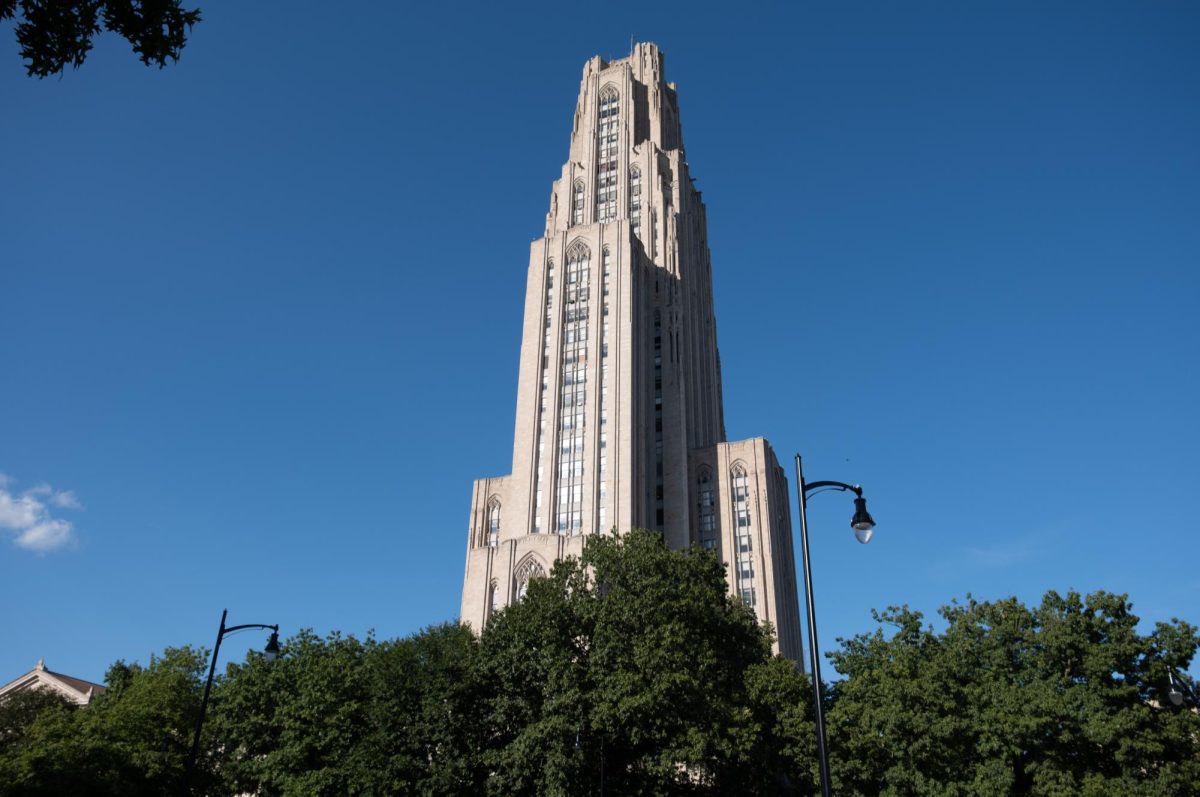Movie shows animal and human connection
April 9, 2011
“Born to Be Wild”
Directed by: David… “Born to Be Wild”
Directed by: David Lickley
Starring: Morgan Freeman, Birute Galdikas and Daphne Sheldrick
Grade: B+
If you can’t go see real wild orangutans, you can still see them in 3-D.
“Born to Be Wild” is a film that is surprisingly simplistic but exceptionally effective in its delivery. It is a 40-minute movie that centers on the rescue stories of young orangutans and elephant orphans raised in captivity with the hope that rescuers will one day be able to release them back into the wild.
The cinematography of the film — a nature documentary in 3-D — is breathtaking. The audience members feel like they are personally escorted on a long stroll through the forests of Borneo and Nairobi, Kenya. Yet what captivates the audience right away is the booming voice of the narrator, Morgan Freeman. Opening the movie with the line, “This story is like a fairy tale, except it’s entirely true,” Freeman’s warm voice brings phenomenal storytelling and a personal quality to the stories of these young endangered orphans. He hooks viewers in with his candidness and humor, taking the animals’ behavior and relating it to humans or life philosophies.
While it is easy to claim that the movie is no more entertaining than most nature documentaries, it is considerably lighter and more upbeat than a National Geographic movie. The addition of pop songs like Hank Williams’ “Jambalaya,” and Mel Tormé’s “Comin’ Home Baby!” adds some personality to the animals’ lives.
In essence, the film celebrates the struggle of two courageous women who live across the globe from each other. They have their own stories to share about their rescues of orphaned animals and their experiences in raising them for the wild.
Birute Galdikas, a researcher on the island of Borneo whose career progressed from studying orangutans to saving them, is the central figure of one story depicted in the movie. The orangutans’ homes are being destroyed to make room for palm oil plantations. Galdikas’ team rescues the surviving apes — a few of which have even been taken by the local population as pets — and raises the young to be suited for life in the wild.
Her staff is composed of humans who become mothers to the orphaned orangutans, feeding, bonding with and singing lullabies to the young animals. They keep just enough distance to let the orangutans remain “wild,” while at the same time being close enough to build “life-long friendships,” as the film beautifully illustrates. Once they’re old enough, the animals are taken to a national park and released.
Daphne Sheldrick represents the other side of the story: She takes care of elephant orphans because their moms are being poached for their ivory tusks. For half a century, Sheldrick has been attempting to perfect an elephant baby formula and has dedicated her life to raising healthy orphan elephants so they can return to the wild as a herd.
On the one side, as a simple and educational movie about the bonding between humans and animals, this film is probably best suited for kids. On the other side, it is an optimistic narrative of rescued endangered orphans that combines nature and philosophy with a twist of humor and makes for a pleasantly satisfying ride through what Galdikas calls the “original Garden of Eden.”


